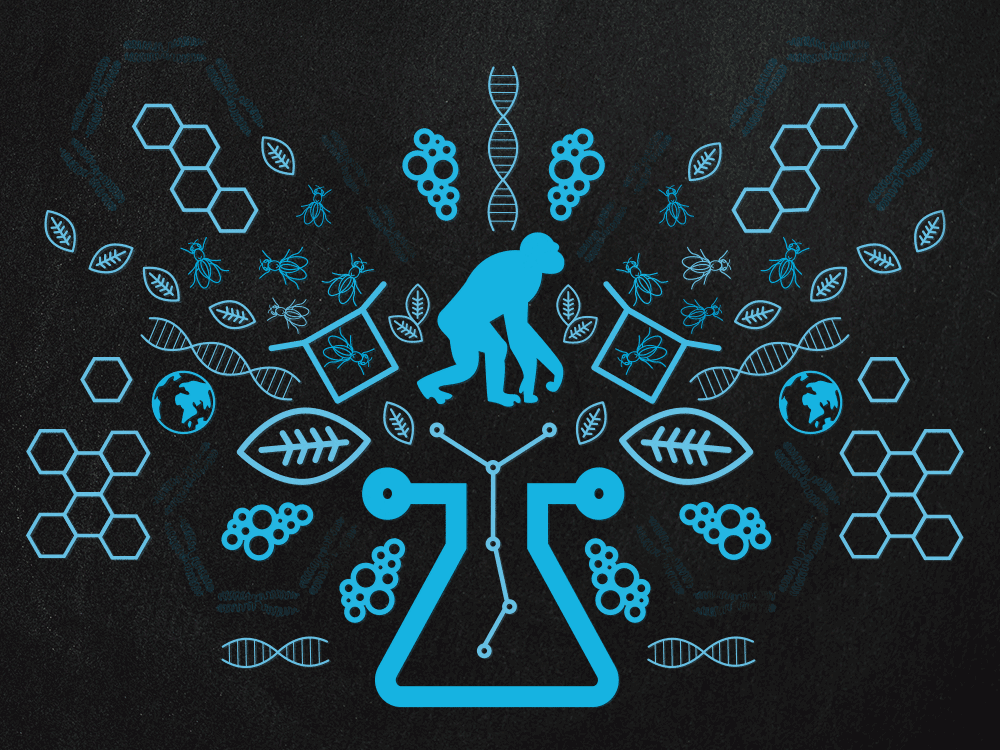How to Science: Episode 2

What do your ears crave? Let us listen to you with a quick click through this seven-minute survey.
Visit the How to Science homepage for more info and other episodes as they’re released.
View the full Abby Lamb interview transcript.
Highlights from This Episode
- 7:58 – “It does’t take away anything that is uniquely human to admit that you’re part of the primates. But it’s very uncomfortable to people to admit that. I do know that I’ve seen people at zoos looking at chimpanzees and thinking, ‘Ugh, how can anyone say we’re related to those things?’ And then you’ll see someone else thinking, ‘Look at how alike our hands are and look at their eyes!’ And you see people marveling. And what really gets to me is the difference in the two attitudes of, ‘Oh, I’m so disgusted that anyone could ever think that I’m like that,’ versus, ‘Look at how marvelous this is. Look at how amazing.’”
- 12:37 – “If you put your skepticism in your faith part of your life, then it could be a little disruptive. And if you put the faith parts in the science part of your life, you’re not going to do good science. It takes a person who is able to maintain those things in their separate areas...It’s a playing field of ideas, and I think conversations are always good to have.”
- 19:28 – “Coming from being a college dropout for a long time, and a carriage driver, and a golf cart beer service person, and all of these things before I finally went back to college, I felt like everyone who I met here in grad school was just these driven people who always wanted to be scientists, and it was their thing. I felt like I was in this world I didn’t belong in, and it took me a lot of adjusting...The barrier to entry is unbelievably low! I had no idea until I asked, and I think that’s what it takes: asking. Which is a little scary, and then you do it, and it’s over.”
- 21:14 – “There are other parts of the DNA sequence that I am particularly interested in, which basically work almost like control panels: regulatory sequences. What these do is control when, where, and how much certain genes are expressed or turned on or turned off...Things have to be in the right places; they have to happen in the right quantities; and they have to occur at the right place. It’s almost like thinking about recipes. You can’t just get a list of ingredients.”
- 26:40 – “I drove in December from Ann Arbor to Madison in an ice storm with boxes full of flies in the back of this rental car…!”
Scientist Bios
How to Science host Monica Dus is a professor in LSA’s Department of Molecular, Cellular, and Developmental Biology (MCDB) who studies how the brain responds to the presence and absence of sugar. She wants to figure out how neurons sense and respond to the nutrients eaten as food. Her research relates to feeding behavior, energy balance, physiology, and obesity. She loves her three dogs, whose names are Cupcake, Sprinkles, and Brioche.
This week’s guest, Abby Lamb, is a Ph.D. student at the University of Michigan. She converted from being a fundamentalist, proselytizing about Christianity and creationism, to an evolutionary biologist who advocates for science.
Related Links
- “Genetic Friend or Fiend?”
- “The Gene Team”
- Learn About Supporting the Department of Molecular, Cellular, and Developmental Biology

